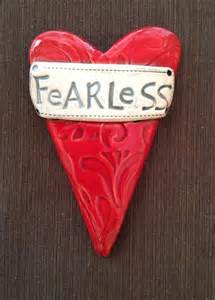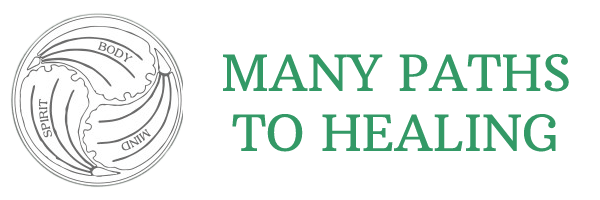 How do you describe Fear? You might use words like dread, nervous, uncertain, worried, uneasy, or anxious. Whatever you call it, the fact is we all feel fear. When you believe you are in danger, either physical or emotional, your body responds with the biological fight or flight or freeze response. We learned to stay alive as a species by anticipating what might happen. Your brain has developed specific patterns to arousal and fear. Whether the danger you face is physical or emotional, your body may react the same.
How do you describe Fear? You might use words like dread, nervous, uncertain, worried, uneasy, or anxious. Whatever you call it, the fact is we all feel fear. When you believe you are in danger, either physical or emotional, your body responds with the biological fight or flight or freeze response. We learned to stay alive as a species by anticipating what might happen. Your brain has developed specific patterns to arousal and fear. Whether the danger you face is physical or emotional, your body may react the same.
Some of your triggers for fear might be physical illness, being alone, anticipating criticism or rejection, or when you or someone else has been hurt. For example, when someone criticizes you, you can argue, withdraw or just freeze and not respond. You will always anticipate danger, but you can work to build new patterns both in your brain and your behaviors. Neuroplasticity is the ability of the brain to build new patterns of response. The brain can change . “ Neurons that fire together , wire together”but these changes take practice and much repetition.(https://www.rickhanson.net)
Tara Brach PhD. speaks of a fearless heart. According to her, facing your fears with an open loving heart can help you have a different relationship to the fear. You may be able to mindfully and lovingly pay attention to the fear. When you can accept your fear in a loving compassionate way. the fear can seem less dangerous. To just begin, you do not even have to change your behavior. Just being brave enough to acknowledge the feeling of fear is the first step.
How do you mindfully and kindly face your fears?
Begin by just noticing what you are telling yourself about the fear. What is your self- talk? What you tell yourself can change how you feel about what is happening.You can’t control everything that might happen, but you do have power over the way you think about what is happening to you. There are certainly situations where you need to react quickly to prevent danger, but most of what you fear is based on what will happen – anxiety based on your lack of trust in yourself and your fear of making a mistake.
Once you identify your thoughts, go below your neck and into your body to identify what you are feeling in your body. Try to slow down the arousal so that you can move from a reactive to a more focused responsive place. Be sure to remember to take a few breaths. Then give yourself some loving supportive affirming message of your capacity to manage the fear. (“I am afraid and not sure, but I can take one small step forward”.) Running from your fears helps them persist and grow like a weed in an unattended garden.
For those who have faced trauma, facing fear might best be supported with a trained therapist who can assist the process in a measured way to not overwhelm and create more fear. Knowing your limits is a sign of strength and emotional maturity.
When you Mindfully Face Fear so that it is no longer in charge, you can bring strength, confidence and space to your life.You become enlarged and in touch with your goodness, humor, and intelligence – connecting with your fearless heart.
